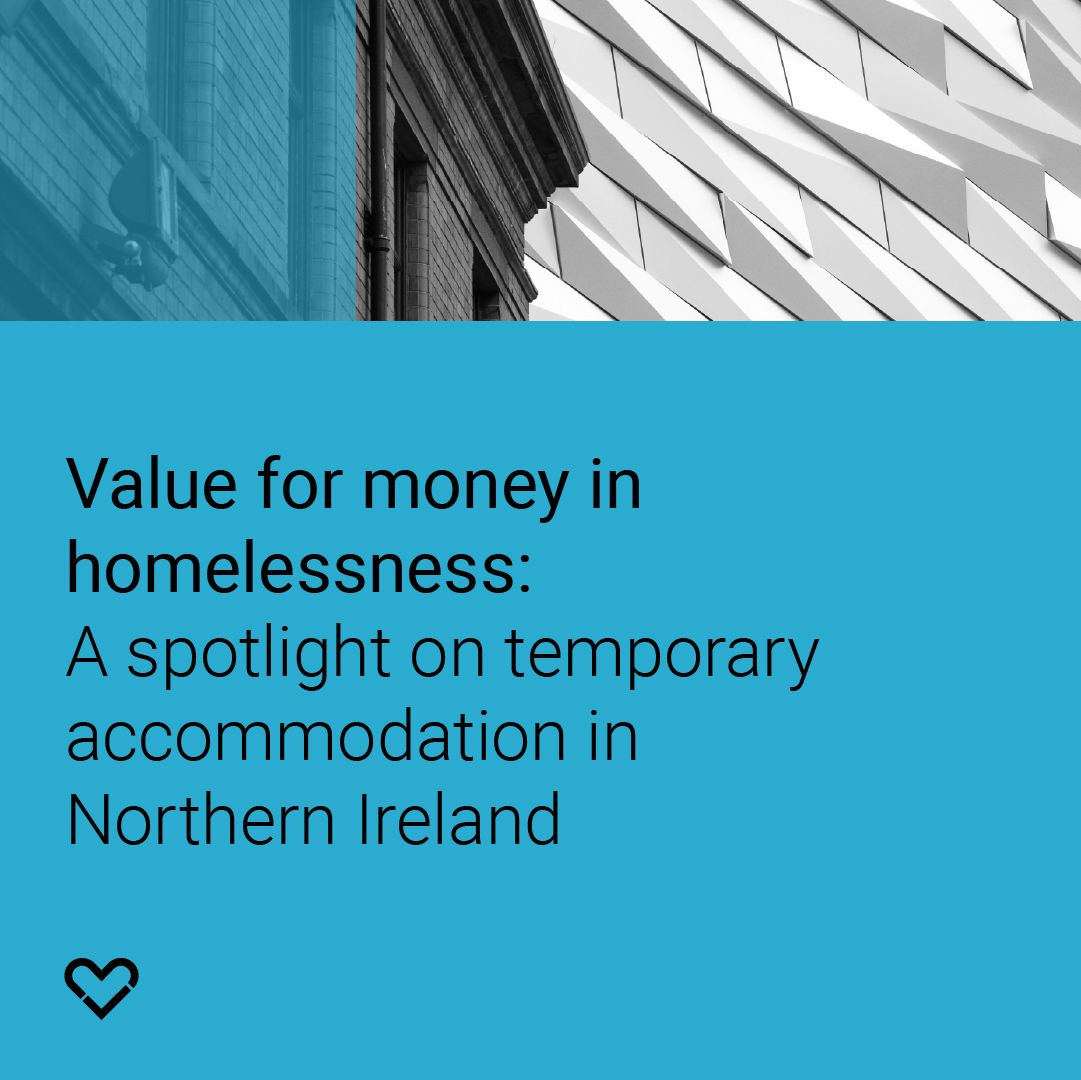Employment and Homelessness
Outline of the Study
This policy paper examines the complex relationship between employment and homelessness, in the context of the COVID-19 recession and rising unemployment in England and the UK government’s ‘Levelling Up’ agenda. Drawing on the Centre for Homelessness Impact's Evidence and Gap Maps (EGMs) and international evidence, the paper explores how employment can protect against homelessness, whilst recognising that many people lose their homes despite being in work.
The paper addresses barriers to employment for people experiencing homelessness, evaluates current interventions, and makes evidence-informed recommendations for policy responses - which are tailored to those closer to the labour market, people with higher support needs who face multiple barriers to employment and people living in local authority TA.
Findings in brief:
- Employment paradox: Despite record employment levels pre-COVID-19, 29% of people in England were employed when they became homeless - highlighting that even full-time work doesn't guarantee housing security
- COVID-19 impacted disproportionately on low-paid and lower skilled workers: nearly 50% of jobs at risk during lockdown paid less than £10 per hour. 44% of jobs in occupations, such as cleaners, kitchen and bar staff were at risk, compared to just 5% for professional roles
- Multiple studies and practitioner experience indicate the vast majority of people experiencing homelessness want to work, including those facing the greatest barriers to employment
- ’Good work’ improves health and wellbeing, but cycling in and out of low-paid, insecure employment can be worse for wellbeing than unemployment
- Some people experiencing homelessness face interconnected barriers related to lack of stable housing, mental and physical health problems, low educational attainment, history of contact with the criminal justice system, and discrimination
- There is much evidence of what works, especially the benefits of expert, tailored advice
- Employment programmes such as the Work and Health Programme in England and Wales and Fair Start Scotland are available to people experiencing homelessness. However, targeted programmes may be more effective to help people enter and sustain work, especially those who face higher barriers to the labour market
- Evidence indicates the Individual Placement Support (IPS) employment model is effective for people experiencing homelessness with higher needs, including people with mental health and substance misuse issues.
Recommendations in brief
- Develop homelessness employment pathways, to offer employment support and advice to everyone approaching local authorities who are experiencing homelessness or at risk of homelessness. This should include one-to-one support to access mainstream employment services, local commissioned and specialist programmes, with actions incorporated into Personal Housing Plans on homelessness to reflect these changes
- Provide rapid employment support for people who lost homes due to COVID-19 unemployment
- Provide specialist support for those furthest from the labour market
- Evaluate IPS to understand the potential costs and benefits of large-scale implementation of this model for people experiencing homelessness with high support needs including rough sleepers, Housing First residents, and supported housing residents and people with no recourse to public funds
- Integrate employment support for people with higher support needs with housing, health, substance misuse and debt/financial support, following IPS principles with co-located services and ongoing support after people enter work
- Ensure that employment support includes planning for financial implications of moving into work for people experiencing homelessness, so that this transition doesn’t lead to debt and repeat homelessness
- Ensure Jobcentre Plus identifies people at risk of homelessness and provides appropriate housing advice alongside employment support.





.jpg)

